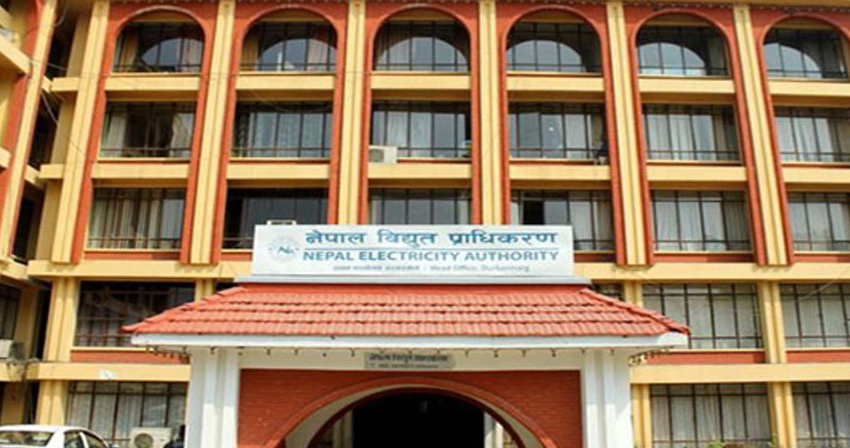KATHMANDU: With an impressive surge in online electricity tariff payments, the Nepal Electricity Authority (NEA) has witnessed a notable transformation in customer payment preferences.
Having initiated its online payment service six years ago, the NEA now reports that 30 percent of its customers have embraced this convenient mode of payment.
The online billing system is currently amassing a staggering daily collection of Rs 100 million.
Rabindra Shrestha, the head of the billing and network branch at the NEA, emphasized the increasing inclination of small-scale customers towards online bill payments, with around 30 percent of the total customer base favoring this digital mode of payment.
While urban areas boast a higher percentage of users adopting online payment methods, rural areas are catching up as well.
Shrestha noted, “Excluding public holidays and Saturdays, we are now collecting Rs 10 million daily.”
The electricity bill can be effortlessly settled online immediately upon receipt every month.
With the deployment of smart meters, manual meter readings by authority staff are rendered unnecessary, as customers can directly pay the toll by referring to the meter themselves.
Notably, the NEA has installed approximately 100,000 such meters in the Kathmandu Valley.
To facilitate the process, customers can utilize digital wallets and mobile applications offered by various banks and financial institutions.
Currently, 11 service providers, including e-Sewa, Prabhu Bank, Khalti, IME Pay, and Phone Pay, enable the seamless payment of electricity tariffs.
The transition to online payment has significantly reduced the crowd at the NEA’s counters and subordinate offices.
Shrestha acknowledged this shift, stating, “Previously, we required 8 to 10 employees at urban counters, and it would still be crowded. Now, 3 to 4 employees are adequate. There’s no need to stand in line for bill payments anymore.”









Comment